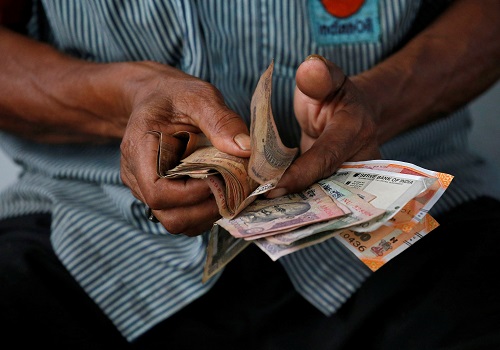Yen weakens as BOJ holds the line, dollar loses steam before payrolls

Follow us Now on Telegram ! Get daily 10 - 12 important updates on Business, Finance and Investment. Join our Telegram Channel
The yen weakened after the Bank of Japan kept stimulus settings steady on Friday, while the dollar paused its ascent after a rise in U.S. jobless claims tempered expectations of further aggressive rate hikes from the Federal Reserve.
The yen was last down about 0.15% at 136.36 after a knee-jerk plunge of as much as 0.62% after the BOJ kept policy unchanged in Governor Haruhiko Kuroda's final policy meeting before retirement. Japan's currency hit a nearly three-month low at 137.90 earlier in the week.
While many analysts see the days of the BOJ's bond yield curve control (YCC) as numbered, recent policymakers' speeches have underscored their preference to hold off on big policy changes at least until Kuroda's successor, Kazuo Ueda, takes the helm in April.
Despite some volatility against the yen, the U.S. dollar was mostly flat on Friday.
Against a basket of currencies, the U.S. dollar index was little changed at 105.28 but remained on track for a weekly gain of 0.73%. It surged earlier in the week after Fed Chair Jerome Powell struck a more hawkish tone than markets had expected at his semi-annual testimony before the Senate Banking Committee.
Data released on Thursday showed that the number of Americans filing new claims for unemployment benefits increased by the most in five months last week, though the underlying trend remained consistent with a tight labour market.
Nonetheless, the jump in jobless claims was enough to cause traders to unwind some bets that U.S. rates would rise much higher than previously expected. Futures pricing now implies a roughly 54% chance that the Fed will raise rates by 50 basis points this month, compared with 70% before the data release.
The Fed funds rate is projected to peak just below 5.5% by July.
The focus now turns to the closely watched nonfarm payrolls report later on Friday, the next major data point that could offer clues on the Fed's next steps for monetary policy.
According to a Reuters survey of economists, nonfarm payrolls likely increased by 205,000 jobs in February after surging by 517,000 in January.
"The payrolls report has surprised us on the high side for, I think, about 10 straight months now, so it's been a sign of real strength for the U.S. economy," said Jarrod Kerr, chief economist at Kiwibank.
"It is a little frustrating for the Fed. They've obviously tightened a lot, hoping it'll have an effect. But we've seen bounce back in a lot of activities indicators in recent months. So it looks like the job's not done."












 320-x-100_uti_gold.jpg" alt="Advertisement">
320-x-100_uti_gold.jpg" alt="Advertisement">












